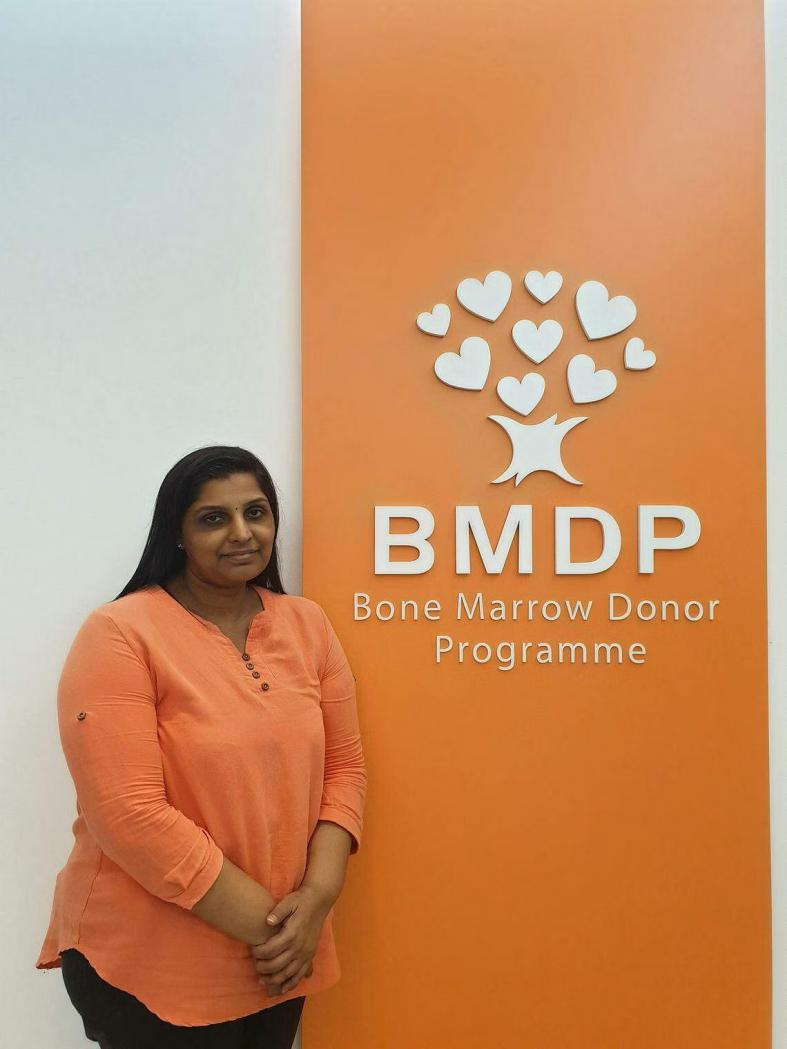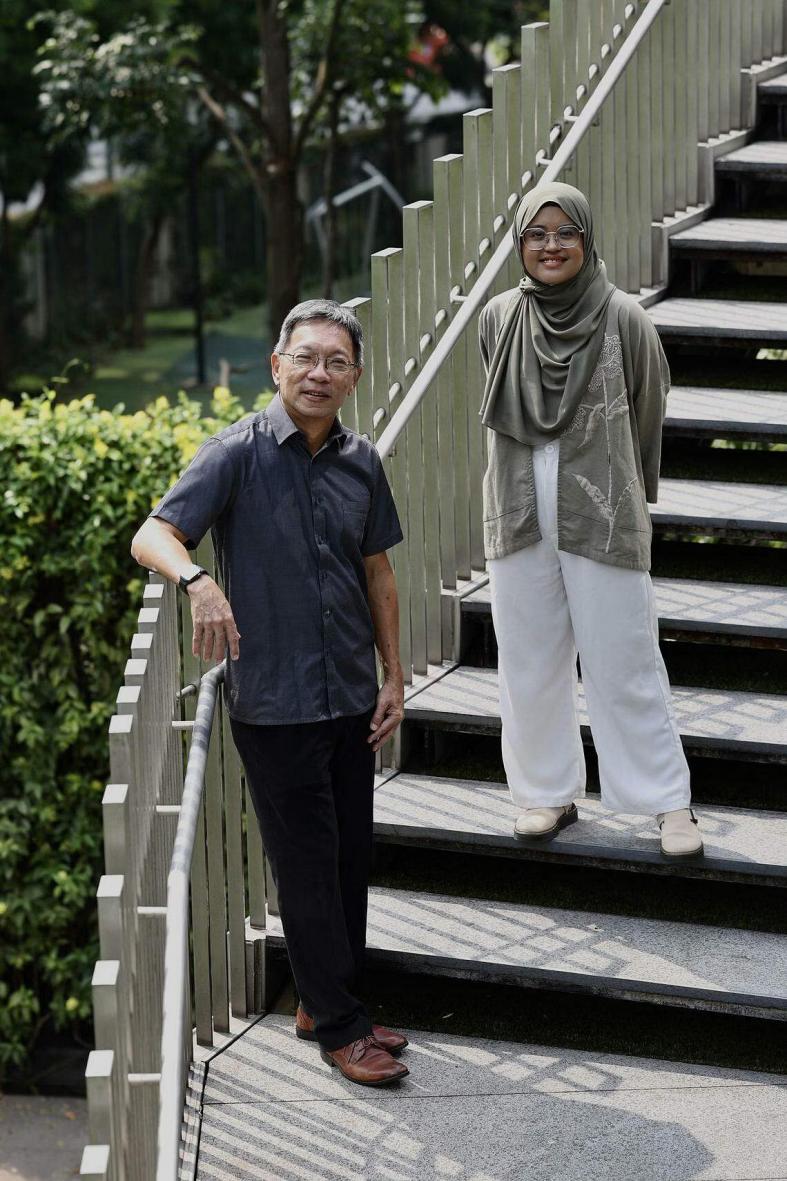‘I’m no hero’: 23-year-old is among those who saved lives with their bone marrow
She may be only 23 years old, but Ms Qurratu’aini Abdul Rashid has already saved a life.
The content executive in an advertising agency donated her bone marrow to an unknown recipient about one to two years ago. She had registered herself with the Bone Marrow Donor Programme (BMDP) when she was 18, during a recruitment roadshow at ITE College Central where she was studying.
When BMDP called to inform her that she was a potential donor about four years later, she was caught by surprise.
“I didn’t expect to have a match so quickly,” she told The Straits Times. “Even now, I’m still taken aback that I’m a match to a total stranger.”
She underwent some health checks, which showed that she was low on iron and had to take some iron pills. While her parents were concerned about her donation, they supported her decision.
On the day itself, she was admitted into a hospital where peripheral blood stem cells (PBSC) were collected from her. She was fully awake during the whole procedure, which took about eight hours.
She said it was “neither scary nor life-threatening”. There was no pain, just some discomfort on her right elbow where the needle was inserted.
“I’m no hero,” Ms Qurratu’aini added. “I’m just glad I could help save someone.”
BMDP marks its 30th anniversary this year. Established in 1993 by Mr Gerald Loong and his wife after they lost their young son to leukaemia, it is the first and only marrow donor registry in Singapore.
For patients with leukaemia, lymphoma and other blood-related diseases with no suitable family donors, finding an unrelated donor match is their last hope of survival. BMDP has helped to save 1,033 lives in the past 30 years.
Ms Tamil Selvi, a customer service specialist, is another marrow donor who has saved a life.
She signed up with BMDP six years ago at a roadshow, and was informed that she was a match to a patient about a year later. She said “yes” without hesitation.
The 50-year-old said:“If I am able to save a life again, I will be delighted to do that.”

More marrow donors like her and Ms Qurratu’aini are needed to reflect Singapore’s multicultural society, said BMDP chief executive officer Charles Loh.
“Doctors match donors to patients based on their human leukocyte antigen markers, which are inherited,” Mr Loh said. “As such, a donor with the same ethnic background as a patient may be a better match than one who comes from an entirely different ethnic background.”
In Singapore, the chances of patients finding a local perfect donor match are less than half for every ethnic group. This drops further for Malays and Indians to 20 per cent or less, as they are under-represented in the register.
There are about 120,000 registered donors in the BMDP Singapore register. Based on a study it conducted, the optimum size is 350,000.

Currently, Malays and Indians make up only 8 per cent and 9 per cent respectively in the register. The programme hopes to add about 42,300 Malays and Indians to the register.
With the restrictions on physical activities during the Covid-19 pandemic, the number of marrow donors recruited every year here dropped from about 12,000 to 13,000, to just about 2,000.
BMDP faces challenges not just with recruitment, but also marrow donor drop-out, where a potential donor refuses to proceed with the donation after a match is found.
The current drop-out rate is one in three donors, and a common reason is family objection.
There are also misconceptions deterring donors, such as how bone marrow donation causes long-term infertility.
Another is that bone marrow is usually taken from the spine. About 90 per cent of donors opt for the PBSC collection, which involves the collection of blood stem cells from the blood stream. The other 10 per cent opt for bone marrow collection, where blood stem cells are collected from the pelvic bone while the donor is under general anaesthesia.
Some also think that they are giving a part of their bone away. In fact, bone marrow is the soft tissue inside the bones that produces blood cells. The body will regenerate the donated stem cells within four to six weeks.
BMDP’s campaign Match For Life (MFL) from Oct 2 to 29 aims to recruit more donors. The main event will be a carnival on Oct 14 and 15 at Kampung Admiralty.
Individuals who are keen to register as a donor can do so at https://bmdp.org/join-the-register and have a cheek swab kit mailed to them. Corporates who are keen to help with outreach and volunteering can contact BMDP at dr@bmdp.org.
Get The New Paper on your phone with the free TNP app. Download from the Apple App Store or Google Play Store now

